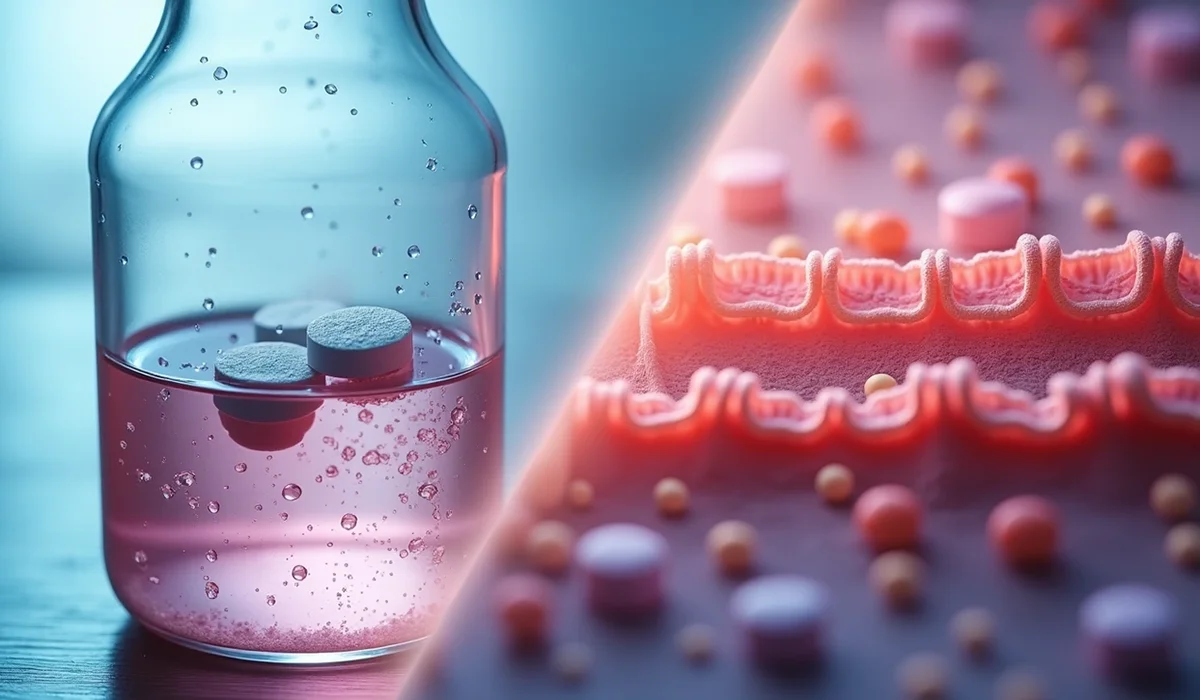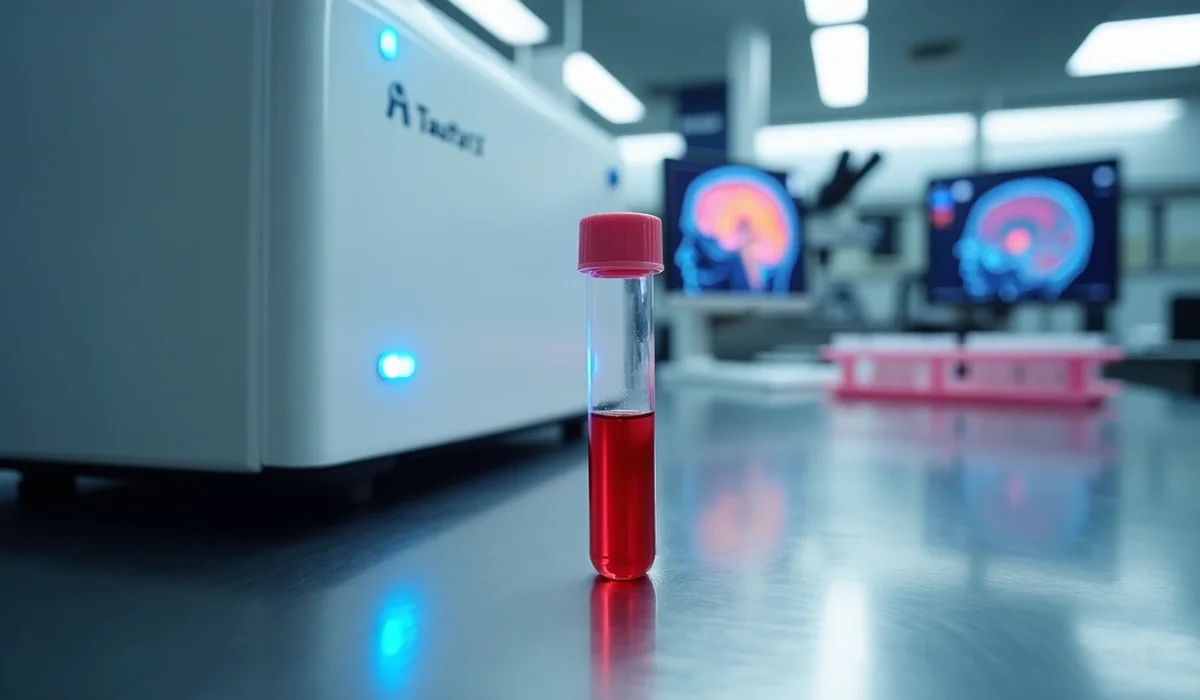Oral fluid drug tests are becoming the top choice for drug screening in many sectors as we approach 2025. Five Australian states, Belgium, and France now use these tests to check drivers under the influence of drugs (DUID). The results come back in under 5-10 minutes and detect recent drug use more accurately.
Companies are switching to oral fluid drug testing because it’s simple and non-invasive. The process works better than older methods since it avoids the “shy bladder” issue that comes with urine samples. You can conduct these tests almost anywhere. The test looks for the actual drug instead of its metabolites, which helps identify recent substance use better. When you compare oral fluid tests to urine tests, they show a shorter detection window that matches better with actual impairment.
What makes oral fluid testing special? It’s a proven method that meets all standards and cuts down on workplace interruptions without losing accuracy. The process is straightforward – trained staff collect a small saliva sample and analyze it right there. This means employers can make quick decisions without expensive lab tests.
Why Oral Fluid Testing Is Gaining Ground in 2025
Federal approval has accelerated the adoption of oral fluid testing in multiple sectors in 2025. The Department of Health and Human Services (DHHS) authorized this method for federal workplace programs. Organizations now see its practical advantages compared to traditional testing methods.
Ease of Collection Without Restroom Access
Oral fluid collection stands out because of its simplicity. Teams can perform collections almost anywhere without special facilities. Laboratory experts confirm that devices like Quantisal complete the collection process in just 5 minutes. The process eliminates uncomfortable three-hour wait times that come with “shy bladder” scenarios during urine testing. Companies can train their designated representatives to collect specimens on-site. This reduces workplace disruption and makes logistics easier.
Observed Sampling Reduces Tampering Risk
Oral fluid testing continues to grow because it resists tampering. Direct observation happens during every collection, which makes it almost impossible to alter or switch samples. Federal guidelines point out that “collection procedures greatly minimize the risks of donor attempts to tamper with the specimen”. The process works regardless of gender, which eliminates the need for same-sex collectors that urine testing requires. The Department of Transportation now requires oral fluid testing for transgender or nonbinary individuals when direct observation becomes necessary.
Shorter Detection Window for Recent Use
The detection timeframe makes oral fluid testing valuable in specific scenarios:
- Oral fluid: Detects use within 5-48 hours
- Urine: Typically detects within 1-7 days (longer for chronic users)
- Hair: Can detect use up to 90 days
This narrower window works best for post-accident and reasonable suspicion scenarios where recent usage matters most. Oral fluid tests excel at detecting drugs right after consumption. They show a more accurate picture of potential impairment. Drugs move faster from blood to oral fluid through highly perfused salivary glands. This testing method correlates better with behavioral effects than traditional approaches.
Use Case Comparison: DUID, Workplace, and Clinical Settings
Drug testing through oral fluid samples helps solve unique challenges in three different sectors in 2025.
DUID Screening: Roadside and On-Site Testing
Law enforcement agencies now rely more on oral fluid testing to detect drugs during traffic stops. Eighteen states have laws that allow oral fluid samples in DUI cases. This method helps officers collect samples right after stopping a driver. They can build probable cause before getting lab confirmation or calling a Drug Recognition Expert. The test takes less than 10 minutes and detects substances like THC, cocaine, methamphetamines, amphetamines, opioids, and benzodiazepines. States like Alabama, Michigan, Indiana, and Vermont have rolled out successful programs. Their devices show over 80% accuracy for most target drugs. This technique helps catch drug-impaired drivers who might otherwise go undetected.
Workplace Testing: Immediate Risk Assessment
Companies use oral fluid drug testing for various situations – from pre-employment to post-accident scenarios. Lab testing brings several advantages over old methods. Teams can collect samples anywhere without special facilities. Negative screen results come back within 24-36 hours. The process needs no bathroom facilities or same-gender collectors. Almost 90% of drug testing providers offered this service in 2023, up from 39% in 2019. High-risk industries like transportation, construction, and healthcare find this the quickest way to spot immediate impairment risks before accidents happen.
Pain Management and Drug Treatment Monitoring
The American Society of Addiction Medicine sees oral fluid as a good alternative to urine tests for addiction treatment and pain management. Healthcare providers check medication compliance, spot diversion risks, and find unreported drug use with this method. Patients who need frequent monitoring find oral fluid tests affordable and accurate. These tests show recent drug intake for about 12–48 hours after use. Clinical studies reveal that over 90% of samples tested positive for at least one drug class in both urine and oral fluid tests. The exact drug class matched in more than 76% of samples. This approach helps support recovery while keeping patient’s comfort in mind.
Oral Fluid Drug Test vs Urine: Key Differences in 2025
Biological differences between oral fluid and urine specimens create unique advantages for each testing method in 2025. These variations help determine which approach best fits specific screening needs.
Detection Window: Parent Drug vs Metabolites
Oral fluid testing detects the parent drug instead of metabolites. This creates a substantially shorter detection window than urine. The difference is vital for time-sensitive scenarios:
- Oral fluid: Detects drugs for 12-48 hours after use
- Urine: Typically detects substances for 1-7 days (or longer in chronic cannabis users)
- Hair: Offers the longest window at up to 90 days
Basic drugs like amphetamines and cocaine show higher concentrations in oral fluid than in plasma. The presence of parent drugs instead of metabolites makes oral fluid testing especially effective when identifying recent marijuana use.
Sample Volume and Collection Logistics
Quantisal’s collection devices need only 1mL of oral fluid, shown by a blue color change in the volume indicator window. The collection process takes just 1-3 minutes. The observed nature of oral fluid collection eliminates substitution or adulteration risks.
Urine testing comes with different challenges. It needs facilities with temperature monitoring (32-38°C initially) and creatinine concentration verification (>20 mg/dL indicates normal human urine). These requirements make oral fluid drug testing a better fit for mobile or non-laboratory environments.
Cost and Turnaround Time Comparison
Both methods have similar laboratory confirmation times. Negative oral fluid screening results ended up arriving within 24-36 hours, while confirmation testing adds about 72 more hours. Urine testing’s turnaround times vary based on testing methodology but follow similar timeframes.
Oral fluid testing costs match urine testing in 2025. The absence of specialized collection facilities often leads to overall cost savings. Employers who perform on-site collections directly might find oral fluid testing nowhere near as expensive as traditional methods.
Technology and Standardization Driving Adoption
Laboratory techniques and standardized protocols have made oral fluid testing much more reliable in 2025. State-of-the-art technology has solved previous problems and made testing more accurate and faster.
LC-MS/MS for Multi-Drug Confirmation
Liquid chromatography-tandem mass spectrometry (LC-MS/MS) stands out as the gold standard to confirm oral fluid drug tests. This technology shows remarkable sensitivity and can detect various drugs of abuse at levels as low as 0.3 ng/mL. This is a big deal as it means that LC-MS/MS matches reference methods with over 97% accuracy across drug classes.
The “dilute-and-shot” method needs minimal sample prep. Lab technicians can analyze 17 different substances in one chromatographic run. This quick process works great for forensic cases where police officers collect samples without medical staff present. Each sample costs about €50 (USD 70) and a technician can process 80 samples daily. The high precision makes LC-MS/MS vital for confirmation testing.
Biochip Array for High-Throughput Screening
Biochip Array Technology has changed preliminary testing. Labs can now screen multiple related substances from a single patient sample. These immunoassay platforms test up to 48 different compounds using one set of reagents, controls, and calibrators.
The system uses competitive chemiluminescent immunoassays on each biochip test region. Digital imaging captures signals and compares them to calibration curves. Busy toxicology labs benefit greatly from this method since it provides complete immunoassay profiles during the first screening.
Standardized Cutoffs and Collection Devices
The Department of Health and Human Services has published technical guidelines for oral fluid drug testing in federal workplaces. These guidelines are the foundations of consistent standards nationwide. They specify cutoff concentrations, collection procedures, and quality control requirements.
Current standardized cutoffs include:
- THC: 1-3 ng/mL
- Cocaine: 5-15 ng/mL
- Amphetamines: 50-150 ng/mL
- Opiates: 30 ng/mL
- Phencyclidine: 3 ng/mL
Modern collection devices come with volume indicators that ensure enough sample collection. They typically need just 1 mL of oral fluid mixed with 3 mL of buffering agent. This standardization addresses old concerns about sample adequacy and builds confidence in test results across industries.
The Future of Drug Testing Is Here
Oral fluid drug testing has become the preferred method in multiple sectors since its launch 2 years ago. This piece explores how this approach handles key limitations of traditional testing methods and provides unique benefits for specific uses.
Test results from oral fluid give us a clearer picture of recent drug use. This accuracy plays a crucial role when we need to determine actual impairment instead of past usage. The ability to detect parent drugs within a 12-48 hour window makes this method ideal for post-accident investigations and reasonable suspicion cases.
The practical benefits are remarkable. Testing no longer needs restroom facilities, gender-matched collectors, or delays from “shy bladder” issues. This has made the whole process much simpler. Organizations now complete their collections in minutes instead of hours. This cuts down workplace disruption and saves money.
Sample collection happens under direct observation, which eliminates the tampering issues that have been a problem with urine testing for decades. Law enforcement, employers, and healthcare providers value this tamper-resistant feature when they make important decisions based on results.
Technology improvements have sped up adoption rates substantially. LC-MS/MS confirmation testing and biochip array screening have solved earlier sensitivity issues. Federal guidelines have created standard cutoffs that work across all testing environments.
Oral fluid testing will keep replacing traditional methods in most screening scenarios through 2025. Federal approval, better technology, and practical benefits have created perfect conditions for this testing transformation. Organizations that still only use urine or hair testing should assess if their current methods meet their needs or just follow old habits.





